Search
Search Results
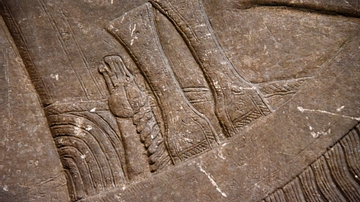
Image
Apkallu's Daggers, Door C
Alabaster bas-relief detail showing the daggers of an Apkallu. Neo-Assyrian Period, 865-860 BCE. Detail of Panel at Door C (number 2), Room S, the North-West Palace at Nimrud, modern-day Iraq. (The British Museum, London)
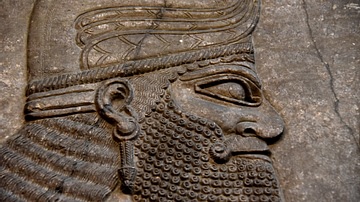
Image
Apkallu, Panel of Door C, Nimrud
Alabaster bas-relief detail showing the head of an Apkalllu, a protective spirit. Neo-Assyrian Period, 865-860 BCE. Detail of Panel at Door C (number 2), Room S, the North-West Palace at Nimrud, modern-day Iraq. (The British Museum, London)
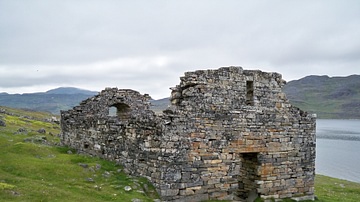
Image
Hvalsey Church, Greenland
Remains of Hvalsey church, a Viking church that was part of the Vikings' Eastern Settlement in Greenland (occupied c. 985-1450 CE). The church lies near present-day Qaqortoq. A young couple was wedded at this church in 1408 CE, and a letter...
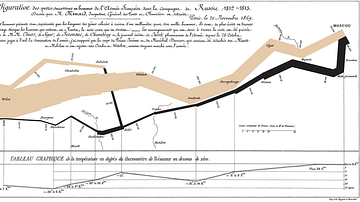
Image
Chart Showing the Number of Men in Napoleon's Russian Campaign of 1812
Charles Minard's famous 1869 chart detailing the number of men in Napoleon's Grande Armée during his 1812 invasion of Russia; the tan represents the men who invaded Russia itself, while the black represents the retreat from Moscow. The way...
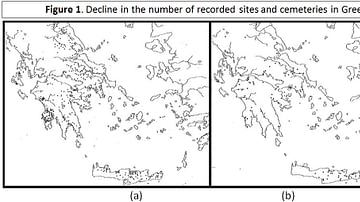
Image
Figure 1 - Decline in the number of recorded sites and cemeteries in Greece
Recorded sites and cemeteries in Greece. (a) LH IIIB period , shows a total of 628 sites and cemeteries. (b) LH IIIC period, shows a total of 147, a reduction of slightly over 75% in the number of recorded sites and cemeteries. (Source...
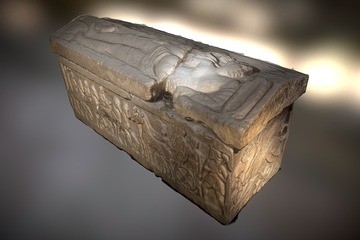
3D Image
Etruscan Sarcophagus (number 8)
Etruscan sarcophagus (number 8), Italy, 7th century BCE, Nye Carlsberg Glyptotek (Copenhagen, Denmark). Made with Memento Beta (now ReMake) from AutoDesk. A winged woman lies on the lid. The divine Status of the figure is suggested by...
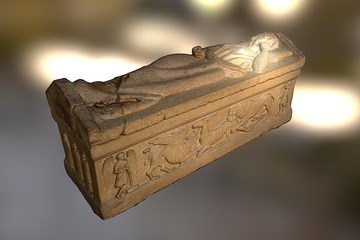
3D Image
Etruscan Sarcophagus (number 9)
Etruscan tomb (number 9), Ny Carlsberg Glyptotek (Copenhagen, Denmark). Made with Memento Beta (now ReMake) from AutoDesk. A woman lies as though asleep. She holds a pomegranate, the symbol of new life. On the front, a stag is being devoured...

Definition
Philolaus
Philolaus (l. c. 470 to c. 385 BCE) was a Pythagorean philosopher who claimed that fire was the first cause of existence and heat the underlying source of human life. He is best known for his pyrocentric model of the universe, which replaced...
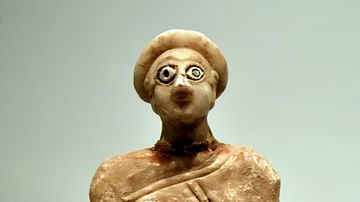
Article
Lost Treasures From Iraq: Revisited & Identified
For how long do we build a household? For how long do we seal a document? For how long do brothers share the inheritance? For how long is there to be jealousy in the land(?)? The Epic of Gilgamesh, chapter 10, Tablet X. I have...
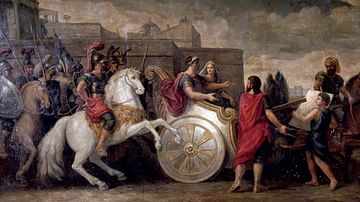
Article
Diodorus Siculus' Account of the Life of Semiramis
Semiramis is the semi-divine Warrior-Queen of Assyria, whose reign is most clearly documented by the Greek historian Diodorus Siculus (l. 90-30 BCE) in his great work Bibliotheca Historica ("Historical Library") written over thirty years...